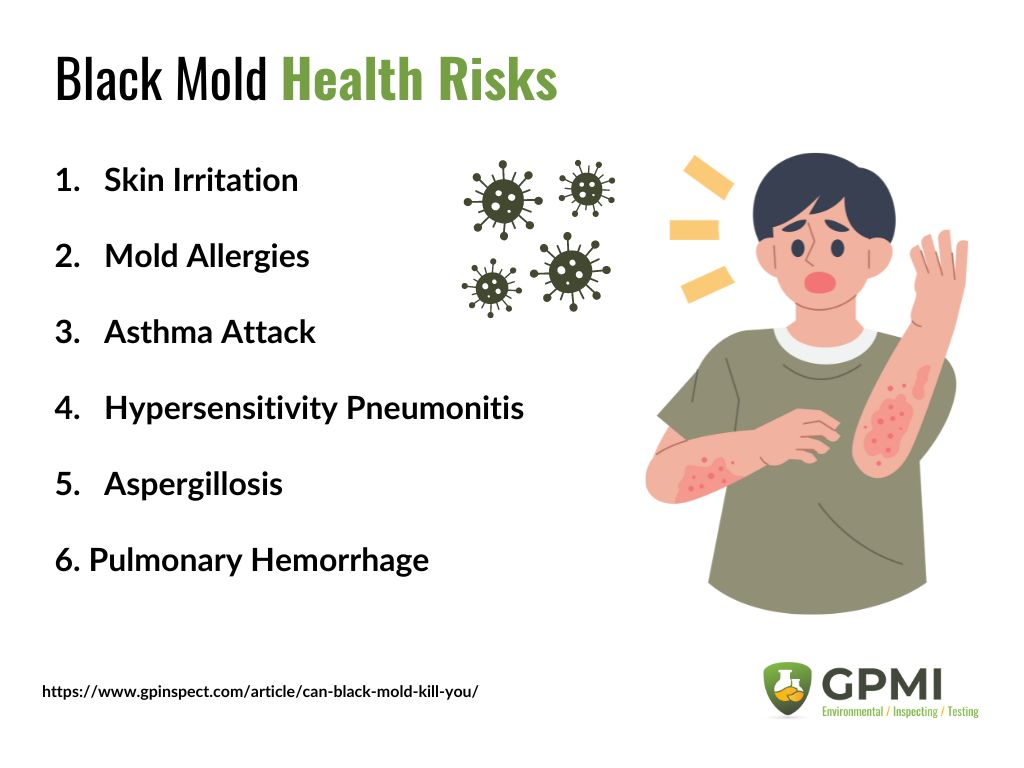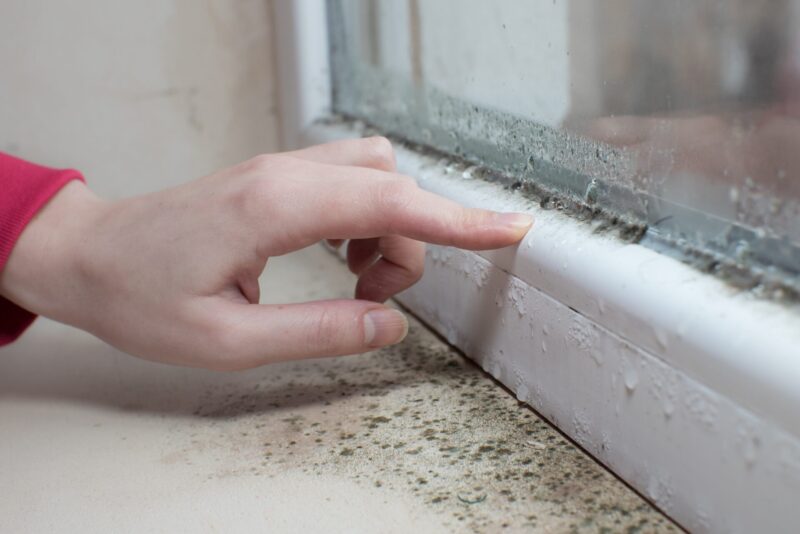Mold is a common household nuisance that can have serious consequences for those with allergies. The presence of mold can exacerbate allergy symptoms, making it crucial for individuals to understand the link between mold and allergic reactions.
Mold spores are a common allergen that can trigger allergies and asthma in susceptible individuals. Understanding how mold aggravates allergies can help people take the necessary steps to minimize their exposure and manage their symptoms effectively.
In this article, we will explore the connection between mold and allergies, and provide important information on how to protect yourself from mold-related health issues.
Common Symptoms of Mold-Induced Allergies

Many people may not realize that mold can have a significant impact on allergies, triggering a range of symptoms in those sensitive to it. Common symptoms of mold-induced allergies include sneezing, nasal congestion, itchy eyes, and coughing.
Some individuals may also experience skin irritation, wheezing, and shortness of breath when exposed to mold. These allergic reactions can vary in severity depending on the individual and the extent of mold exposure.
It is essential to be aware of these symptoms and take steps to address any underlying mold issues in order to alleviate allergy flare-ups.
Health Risks Associated with Mold Exposure

Exposure to mold in indoor environments can pose significant health risks, particularly for individuals with allergies. Mold spores can trigger allergic reactions in sensitive individuals, leading to symptoms such as sneezing, coughing, wheezing, and nasal congestion.
In more severe cases, mold exposure can exacerbate asthma symptoms and even lead to respiratory infections. Prolonged exposure to mold can also cause irritation to the eyes, skin, and throat.
It is essential to address mold issues promptly to minimize the risk of health complications and improve indoor air quality.
Identifying Mold in Your Home

When it comes to identifying mold in your home, there are several key signs to watch out for. One of the most obvious indications of mold growth is the presence of musty, damp odors that linger in certain areas of your house.
Additionally, visible mold spots on walls, ceilings, or floors should not be ignored, as they can signify a more significant mold problem. If you or your family members are experiencing allergy symptoms such as sneezing, coughing, or itchy eyes when at home, this could also be a red flag for mold presence.
Its important to address mold issues promptly to prevent further health complications and improve the overall air quality in your living space.
Conclusion
In conclusion, mold can significantly aggravate allergies and respiratory conditions, making it essential to be proactive in addressing and preventing mold growth in the home. Identifying and removing mold through proper cleaning techniques and seeking professional assistance, such as a mold inspection tampa, can help mitigate the health risks associated with mold exposure. By staying informed about the effects of mold on allergies and taking necessary steps to address any issues, individuals can create a safer and healthier living environment for themselves and their families.
It is crucial to prioritize the importance of addressing mold in order to maintain a clean and healthy indoor environment.


